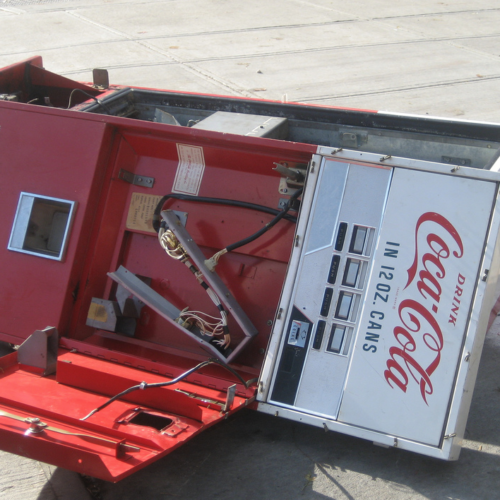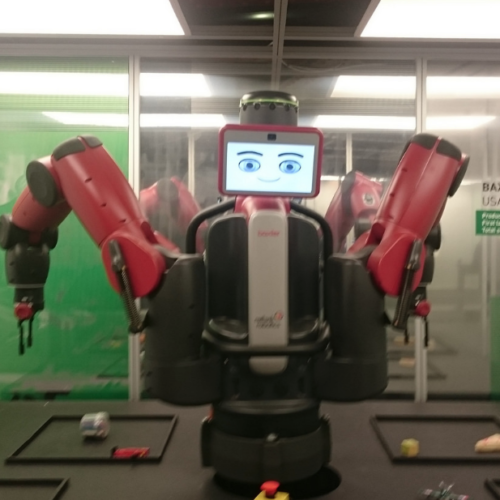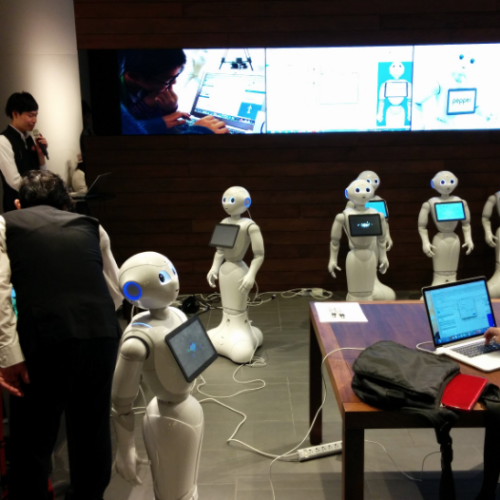Could You Assemble An IKEA Chair In 20 Minutes – Robots Can
Assembling a piece of furniture from IKEA is being used as a benchmark for the dexterity of their robots by researchers at Nanyang Technological University in Singapore. They say that is because building something like a chair takes normal skills for humans, but presents real challenges to robots. These challenges are such that they can be overcome, but that will take more research and development.
Using 3D cameras to identify the parts, and force sensors to make sure no damage was caused, two robotic arms were instructed to put together a chair from IKEA. The whole process took around 20 minutes, and it depends on the human whether that was faster or not.
Compared to earlier work carried out by the same team, the work the robot arms did this time was more autonomous, but not completely so. The robot had been programmed with the 3D images of the parts involved and with the assembly instructions. A spokesman for the team said they still have some way to go, and the next step would be to for the robots to work the instructions out for themselves, with any human intervention.
That would be a huge leap forward and something that not many humans can do. In fact often, humans do not even bother to read the instructions, as they think they know enough not need to. This is usually a wrong assumption.
This is not the only team using Ikeas furniture to progress in the development of robots.
IkeaBot
MIT developed robots for building IKEA furniture back in 2013, which it showcased at the IEEE International Conference on Robotics and Automation. Named the IkeaBot, these robots used a geometric reasoning system and a symbolic planner to work out how the parts should be fitted together, leaving no spare screws or screw holes.
Of course, this software is very clever, but what makes it so successful is the gripper, the same one that is used in The International Space Station. This allows the robot to grip any part no matter what its shape is.
It is called Torq Gripper and is a system of two counter-rotating wheels that are joined by rubber bands to enable the gripping of just about any shape, and then the rotation of it.
MIT say they are working on robots that will be able to build more complicated items but for the moment they have the same view as the Singapore researchers. IKEA furniture is just a start but is a good way of testing the robot’s abilities.
At the moment, both types of robot need something else to help them achieve the task. The grippers for IkeaBot and markers for the one developed in Singapore.
Building robots that could take on more tedious or dangerous tasks without needing these extra aids could be a huge step forward for so many different industries and would have the advantage of helping to reduce the costs.
You might also like
Cruelty To Robots Needs To Be Stopped!
As they become more like humans it appears that cruelty to robots is happening more often. Showing aggression towards machines is not something new. People kick their car when they
Robots That Can Read Minds
It seems that robots that can read minds are already being developed by the Massachusetts Institute of Technology’s Computer Science and Artificial Intelligence Laboratory. A system has been devised where
If You Need Kiswahilli Translating, Ask Pepper
So many uses have been found for Pepper the robot that she is becoming quite well known. First launched in Japan in 2015, Pepper is being used to welcome folks



